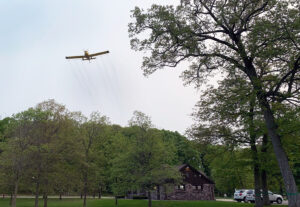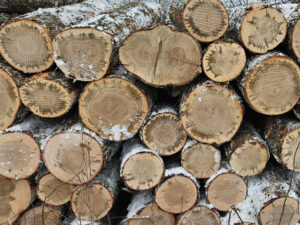
Staining, in the shape of a many-pointed star, is evident in the cut ends of silver maple logs. / Photo Credit: Chris Firgens, Oconto County Forest
By Linda Williams, DNR Forest Health Specialist, Woodruff
Linda.Williams@wisconsin.gov or 920-360-0665
Columbian timber beetle (Corthylus columbianus) is an ambrosia beetle native to the eastern United States.
In Wisconsin, we have had reports of Columbian Timber Beetle (CTB) attacking silver maple in the northeastern and lakeshore areas of the state, dating back to the early 1990s. The insects have caused significant staining from repeated attacks. In southern Wisconsin, CTB can attack oaks to a lesser degree, including bur, northern red and white oak.
Continue reading “Columbian Timber Beetle Fact Sheet Debuts”



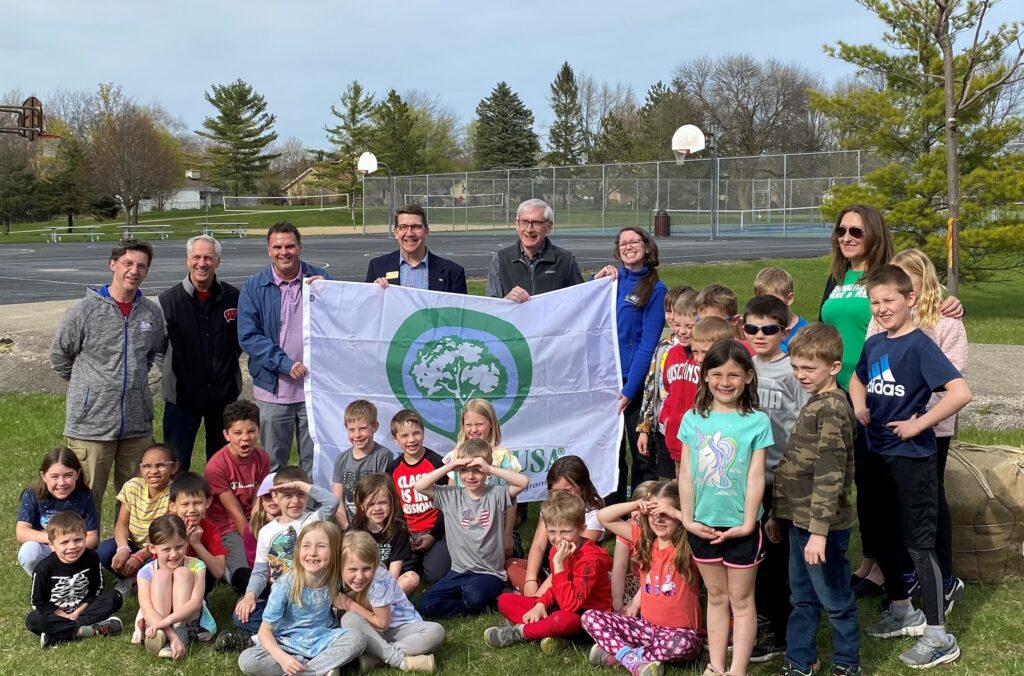 Arbor Day’s roots began in the late 1800s in Nebraska where, according to the Arbor Day Foundation, residents of Nebraska City felt a lack of trees in their community. The secretary of the Nebraska Territory at the time, J. Sterling Morton, proposed a statewide tree-planting holiday, and on April 10, 1872, the first Arbor Day was celebrated.
Arbor Day’s roots began in the late 1800s in Nebraska where, according to the Arbor Day Foundation, residents of Nebraska City felt a lack of trees in their community. The secretary of the Nebraska Territory at the time, J. Sterling Morton, proposed a statewide tree-planting holiday, and on April 10, 1872, the first Arbor Day was celebrated. 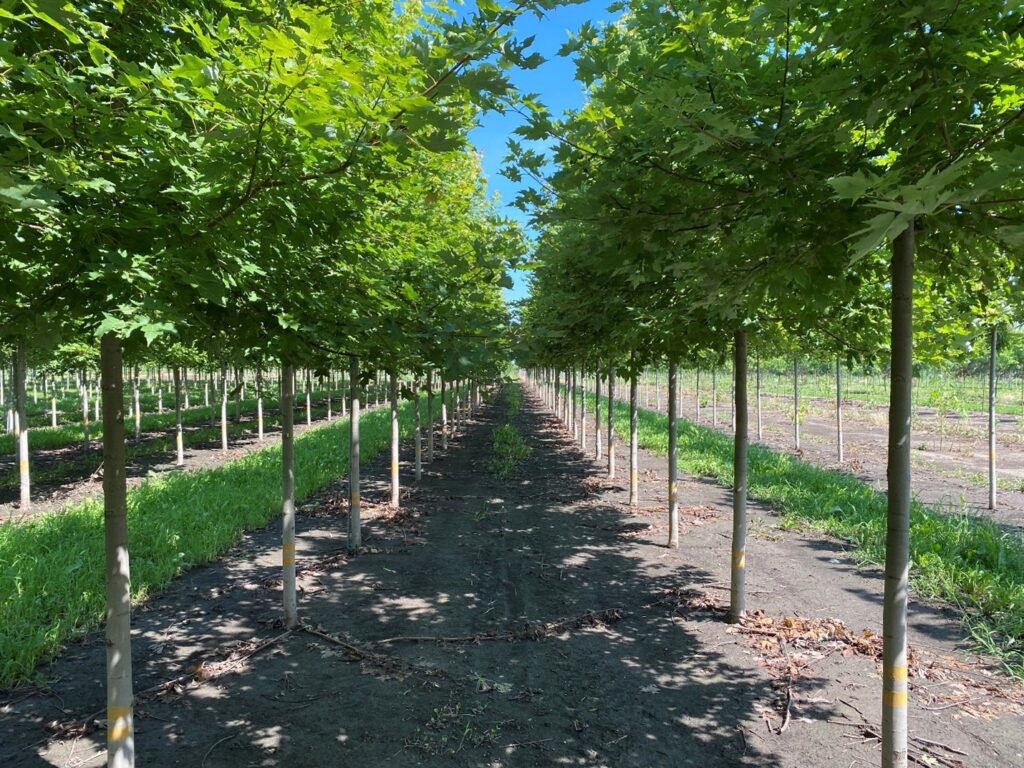
 For the last few years, our urban forestry team has been writing social media posts for Wisconsin communities to post during Arbor Week. We encourage you to use social media to celebrate the many benefits of trees and inform the public about the importance of tree care.
For the last few years, our urban forestry team has been writing social media posts for Wisconsin communities to post during Arbor Week. We encourage you to use social media to celebrate the many benefits of trees and inform the public about the importance of tree care.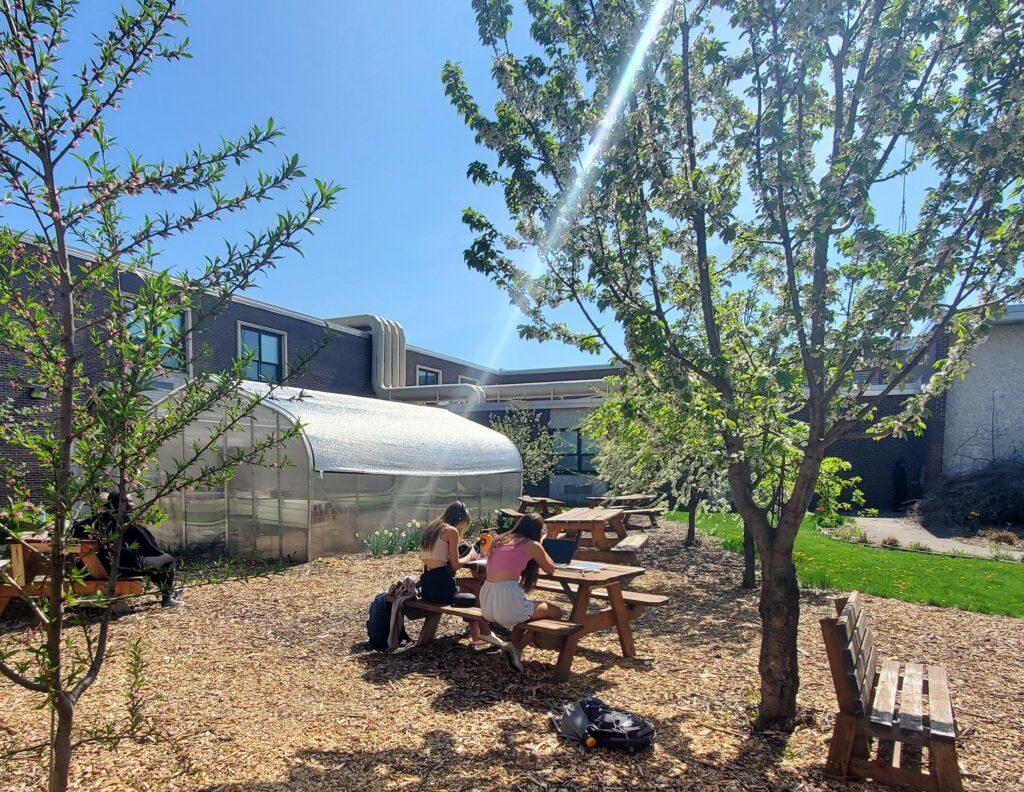 Schools that connect students to nature and trees can register as a Tree Campus K-12 site. This Arbor Day Foundation program recognizes schools that inspire the next generation through experiences with nature inside and outside of the classroom. Schools need to meet four program goals to qualify.
Schools that connect students to nature and trees can register as a Tree Campus K-12 site. This Arbor Day Foundation program recognizes schools that inspire the next generation through experiences with nature inside and outside of the classroom. Schools need to meet four program goals to qualify. 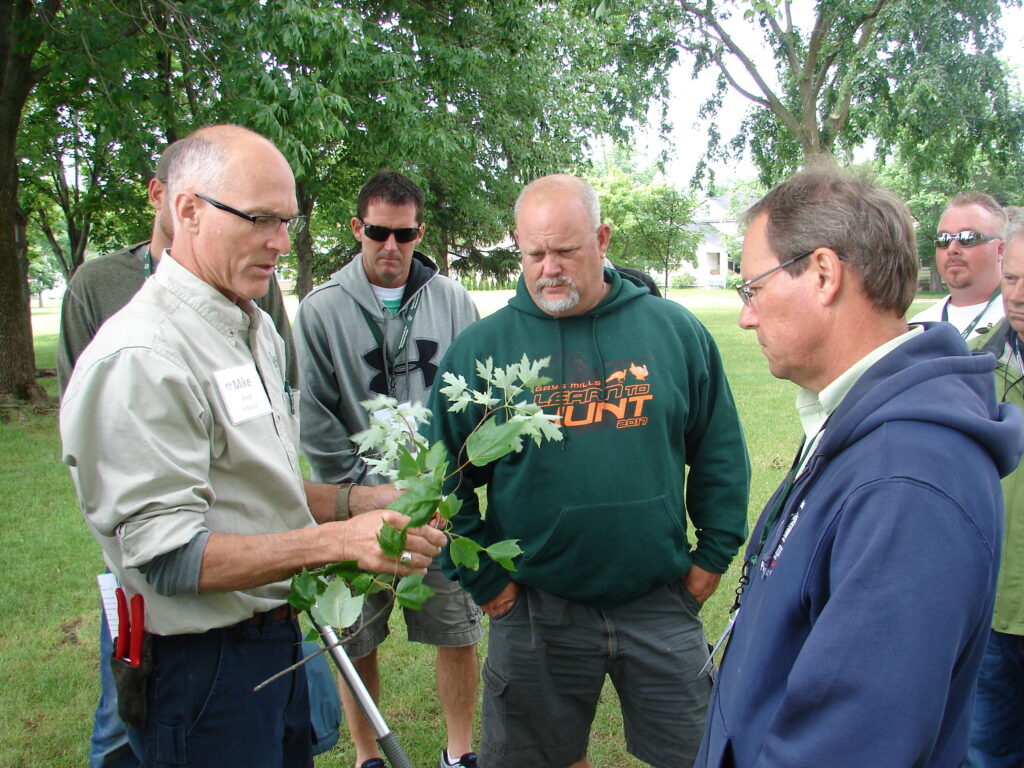 *These training opportunities are provided as an information service only and do not constitute an endorsement from the Wisconsin Department of Natural Resources (DNR).
*These training opportunities are provided as an information service only and do not constitute an endorsement from the Wisconsin Department of Natural Resources (DNR).